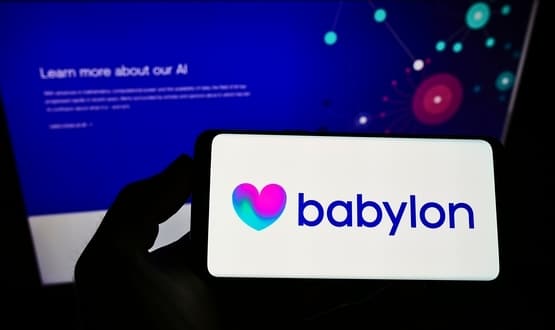Improved point of care service for students
- 31 December 2007
Connecting for Health (CfH) says it is working with strategic health authorities and primary care trusts to help GP practices to provide improved services to university students in England, through the introduction of a number of services.
The new arrangements have already started to show major benefits, according to CfH, with no rise in the backlog of patient registrations throughout September and October 2007 when student registrations reach their peak. In previous years these months have shown a significant increase.
Each year almost 300,000 students head to university to settle into their new lives, often hundreds of miles from home. Many of these students will register with a GP practice, prompting a large transfer of medical records, mostly notably at the start of the academic year.
The administration involved in registering a patient with a GP practice is managed by primary care trusts (PCTs), supported by the NHS system, NHAIS or ‘Exeter’.
Until two years ago, each local NHAIS system server only identified patients in its immediate area. This meant that when students registered at GP practices near their university, there was a delay whilst their records were located nationally. Due to the large number of registrations, this often meant a delay in the transfer of records.
Since 2004, NHS Connecting for Health has been working to integrate NHAIS in England with the NHS Spine. Registered users at primary care trusts, who have a role in supporting the transfer of patient information, now have the technology to immediately search for a patient’s NHS Number on a national demographics database – the Personal Demographics Service.
This occurs automatically when the patient registers and then manually if a match cannot be found. If the patient cannot be found manually, for example if they are foreign students, they are registered with a new NHS Number.
The ability to locate the patient’s record greatly speeds up the registration process, allowing the patient’s medical records to be easily and quickly transferred to their new GP practice.
If the patient’s new GP practice and previous GP practice is using GP2GP, the electronic records will be transferred in minutes. The NHS Number also ensures continuity of care across different organisations and care sectors, for example if the patient was referred to hospital.
University students are one group of the population that will benefit from this improved service at the point of care as the technology that underpins the new arrangements applies to all NHS patients across the NHS England.




